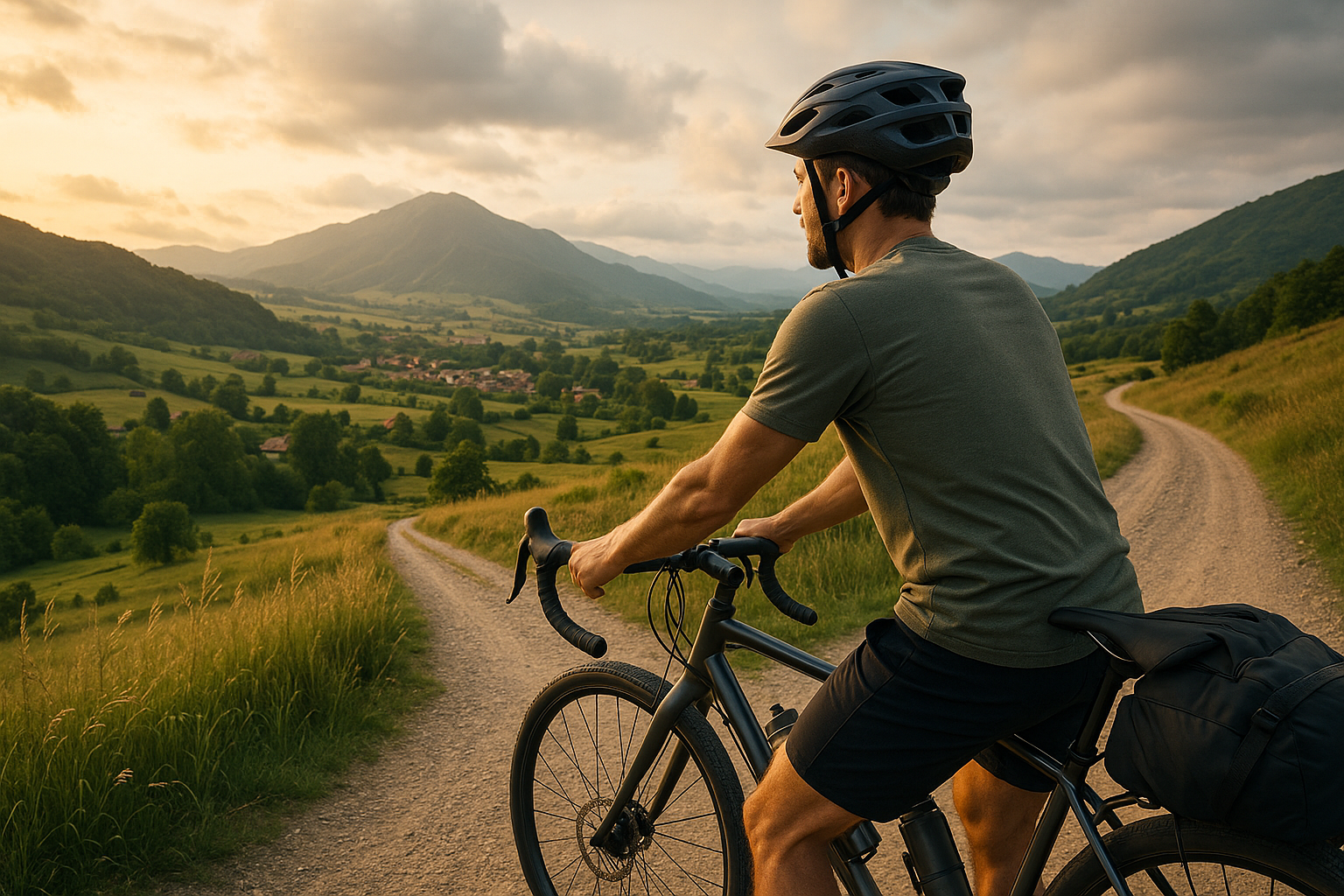Biking Trails: Guide to Choosing and Riding Different Routes
Biking trails connect outdoor spaces, communities, and personal fitness goals with a variety of surfaces, lengths, and difficulty levels. Whether you’re a weekend rider on a paved path or an experienced cyclist tackling singletrack, understanding trail types, required skills, and basic bike care helps you get more from every ride. This article explains common trail features, how to match a route to your ability, safety and etiquette to use on shared paths, what mountain terrain entails, and essential bicycle maintenance to keep rides reliable.

Biking: How to choose the right trail
Selecting a trail starts with matching route features to your fitness and skill level. Look for information on distance, elevation gain, surface type (paved, gravel, dirt), and trail classification if available. Short, flat paved greenways suit casual urban biking and families, while longer mixed-surface loops fit endurance cycling training. Check local services, trail maps, and recent reports for closures or seasonal hazards. When trying a new area, plan a conservative distance and allow extra time for stops, navigation, and unplanned technical sections to avoid fatigue-related errors.
Cycling skills for varied terrain
Developing core cycling skills increases confidence and safety across trails. Practice efficient gear use, cadence control, and braking modulation to adapt to climbs and descents. Cornering technique—shifting weight, looking through turns, and controlling speed—reduces the chance of slips on loose surfaces. For off-road routes, learn how to pick lines, lift your body over obstacles, and use a relaxed grip to absorb bumps. Group rides reward communication skills: calling hazards, signaling turns, and maintaining a predictable line help everyone share narrow or mixed-use trails.
Mountain routes: what to expect
Mountain trails often present steep grades, rocky sections, roots, and rapid elevation changes that demand both fitness and technical ability. Trail difficulty is influenced by gradient, surface stability, exposure, and trail width. Mountain routes can shift quickly between smooth climbs and technical descents; pacing and route reconnaissance matter. Check weather forecasts and daylight hours before starting, since wet conditions make rock and root sections significantly more hazardous. For remote mountain riding, carry navigation tools, spare parts, and emergency supplies because help or cell coverage may be limited.
Trail etiquette and safety tips
Shared trails require etiquette to reduce conflicts and injuries. Yield to pedestrians and horses where posted; slower users and those ascending usually have the right of way on singletrack. Announce passes clearly and early, and slow down on blind corners. Wear a helmet appropriate to your cycling type and consider visibility enhancements like lights and bright clothing. Hydration, nutrition, and pacing are practical safety measures—know your limits and turn back if conditions worsen. Respect private property and trail rules to support maintenance and public access in your area.
Bicycle maintenance before and after rides
Routine maintenance extends component life and reduces roadside issues. Before each ride, perform a quick check: tire pressure and condition, brakes, chain lubrication, and secure bolts on handlebars and seatposts. After a muddy or wet ride, clean the drivetrain, inspect cassette and chain for wear, and re-lubricate according to manufacturer recommendations. Carry a compact repair kit with a spare tube, pump or CO2 inflator, multi-tool, and a patch kit for longer routes. Regular professional tune-ups—every season or after heavy use—keep shifting and braking performance consistent.
Conclusion
Biking trails offer diverse experiences from smooth urban paths to technical mountain singletrack. Choosing the right trail means assessing distance, surface, elevation, and personal skill; developing cycling techniques and observing trail etiquette improve safety and enjoyment; and consistent bicycle maintenance helps prevent mechanical interruptions. By preparing appropriately and respecting fellow users and the environment, rides on local trails and farther afield become safer, more reliable, and more rewarding.






